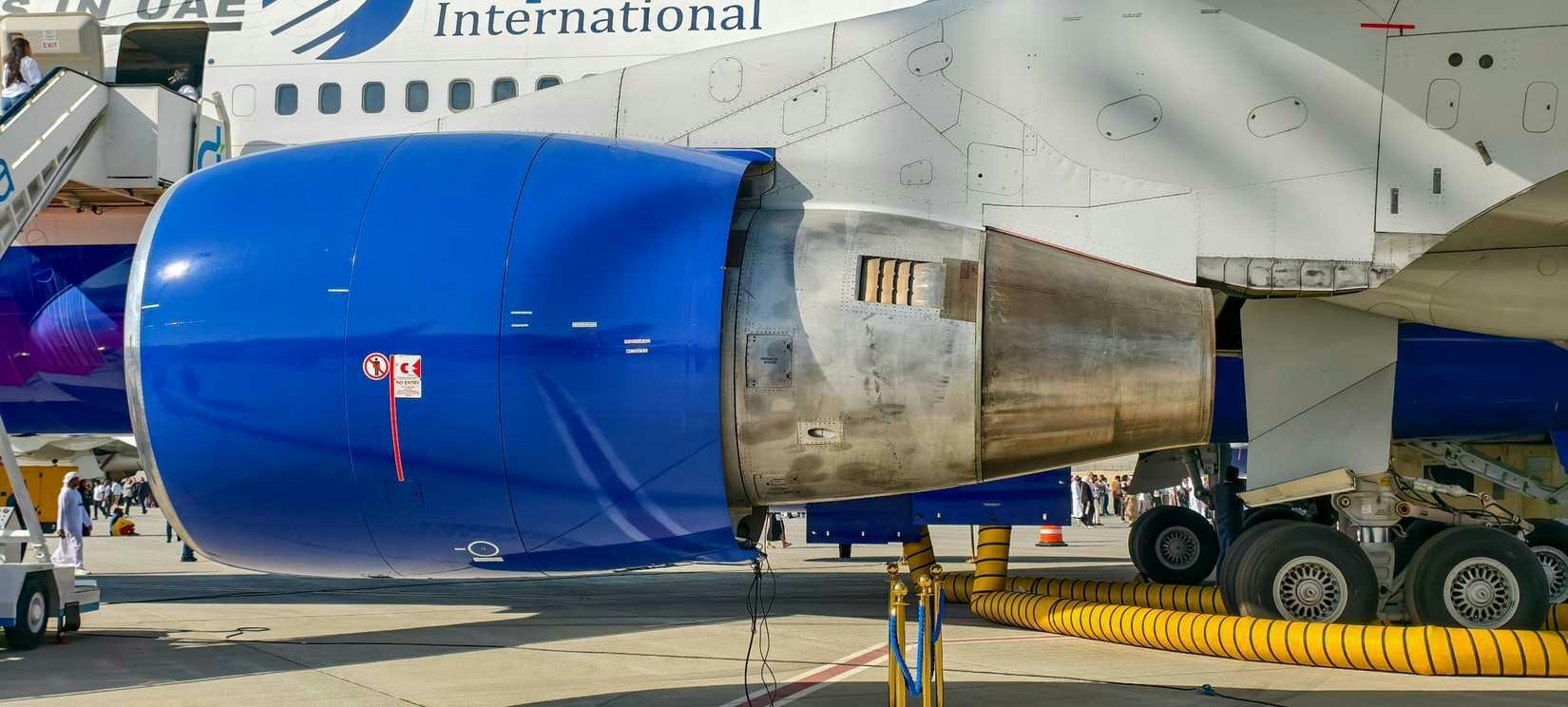
AeroGenie — Your Intelligent Copilot.
Trending
Categories
Emirates President Expresses Interest in Airbus A350-1000
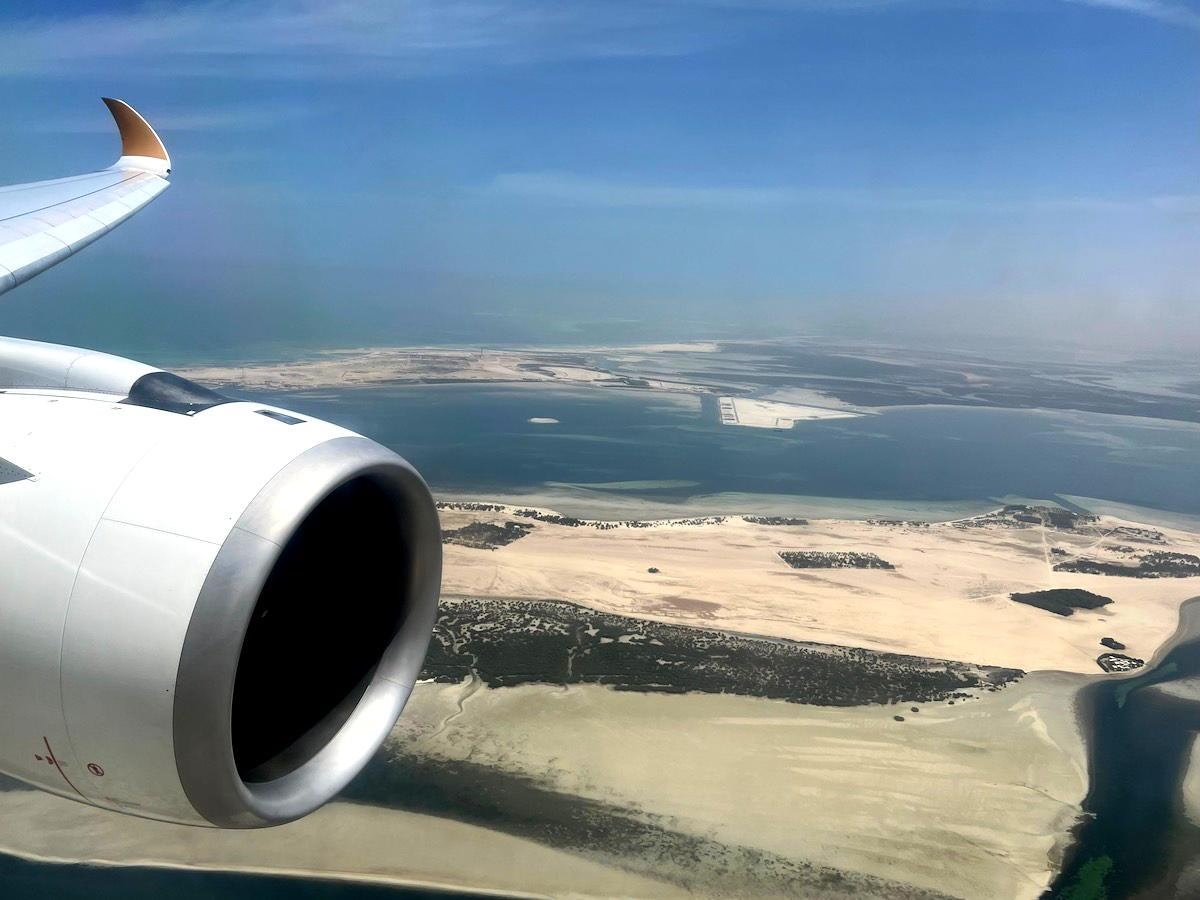
Emirates President Signals Interest in Airbus A350-1000 Amid Fleet Review
Emirates President Tim Clark has expressed renewed interest in the Airbus A350-1000 as the airline undertakes a comprehensive review of its future fleet strategy. With Airbus showing little indication of reviving the A380 program and Boeing’s 777X facing persistent delivery delays, the A350-1000 emerges as a compelling option to meet Emirates’ requirements for high-capacity, long-haul aircraft. The model offers seating for up to 480 passengers, a range of 16,482 kilometers (10,241 miles), and is powered by the fuel-efficient Rolls-Royce Trent XWB-97 engines.
Assessing the A350-1000’s Suitability for Emirates
In an interview with Aviation Week, Clark acknowledged the airline’s interest in the A350-1000, noting that Emirates has conducted extensive work to define the aircraft’s interior configuration and mission profile. However, he also voiced concerns regarding the maintenance demands of the XWB-97 engines, questioning their ability to reliably sustain Emirates’ operational requirements of 2,000 to 2,500 flight hours per cycle. Rolls-Royce has responded by highlighting ongoing investments and enhancements in the engine program, with 108 XWB-97 units ordered globally as of August 2024.
Clark further emphasized to aviation journalist Sam Chui that Emirates’ final decision will depend heavily on the XWB-97’s capacity to deliver 2,500 cycles, maintain the necessary range, and keep maintenance costs within reasonable limits. These technical and operational factors will be pivotal as Emirates weighs the A350-1000 against alternatives, including Boeing’s 777X. Industry analysts suggest that Emirates’ deliberations may provoke varied reactions across the market, with rival carriers likely to promote their own fleet strategies in response.
Current Operations and Fleet Dynamics
Emirates currently operates the Airbus A350-900, having taken delivery of three out of 65 ordered aircraft. Clark has praised the A350-900 as “a dream” to operate, particularly noting that its Rolls-Royce XWB-84 engines are not overstressed. Nonetheless, he has questioned whether the A350-900’s capacity adequately meets Emirates’ needs, implying that the larger A350-1000 could be better suited for certain routes.
While the A350-900 and A350-1000 share a similar external appearance, they differ significantly in engine configuration: the A350-900 is powered by the XWB-84, whereas the A350-1000 employs the more powerful XWB-97. This distinction is central to Emirates’ evaluation, as engine performance and reliability remain critical considerations for the airline’s demanding long-haul operations.
Strategic Considerations and Market Impact
The A350-1000’s range and seating capacity align closely with Emirates’ global hub model based in Dubai, potentially enabling the airline to serve nearly any destination worldwide. Introducing the A350-1000 could offer a high-capacity, fuel-efficient alternative to the A380 on select routes, enhancing both operational efficiency and environmental performance.
As Emirates continues to refine its fleet strategy, the outcome will likely depend on how effectively Airbus and Rolls-Royce address the airline’s technical concerns, alongside the progress of Boeing’s 777X program. Emirates’ forthcoming decisions are expected to influence broader market trends, with competitors and manufacturers closely monitoring the airline’s next steps.
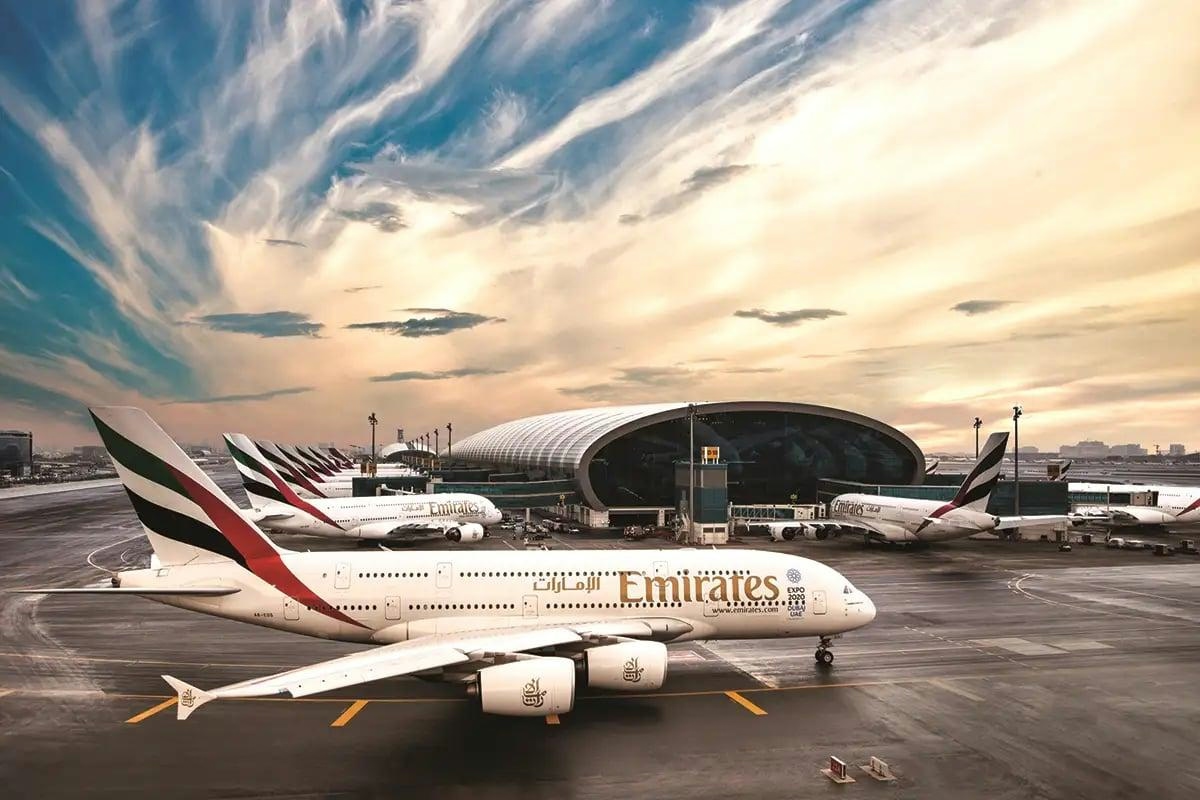
Airline Operated Largest Widebody Fleet in 2025
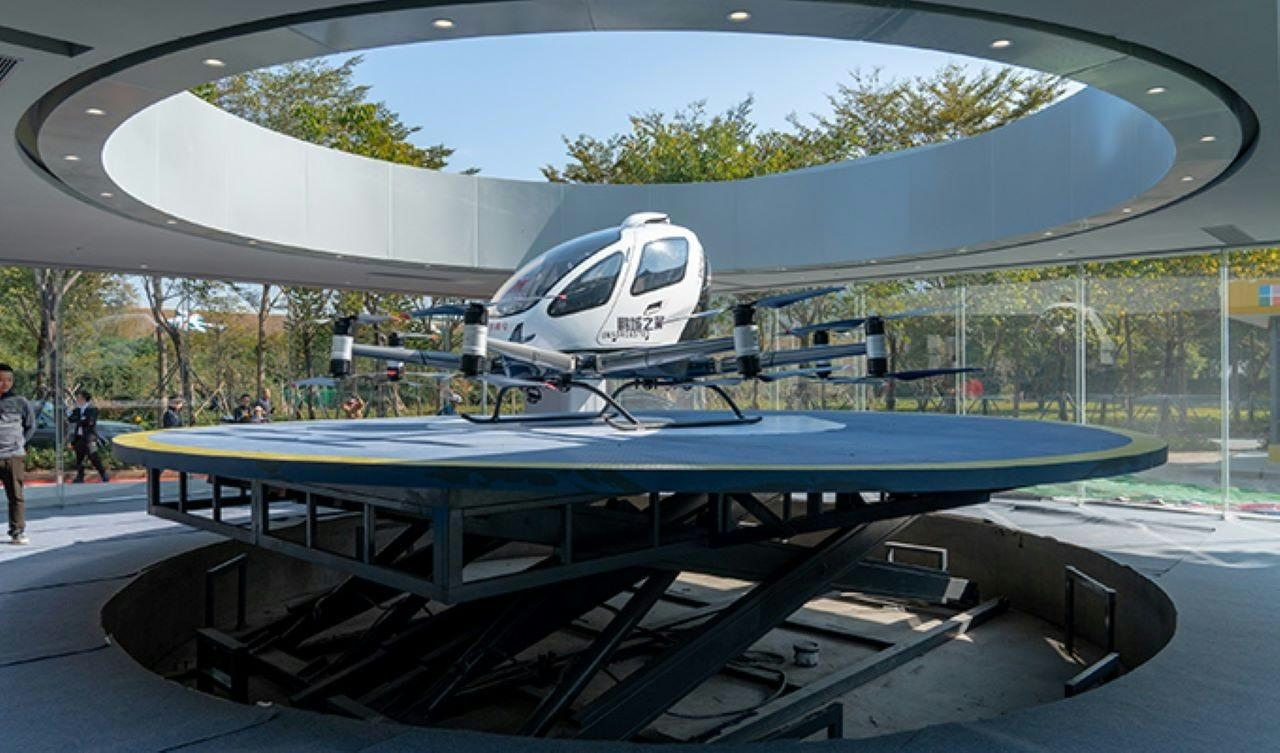
Tel Aviv Plans First Vertiport to Support Air Taxi Services

Pilot’s Distress Call Captures Near-Engine Failure Incident
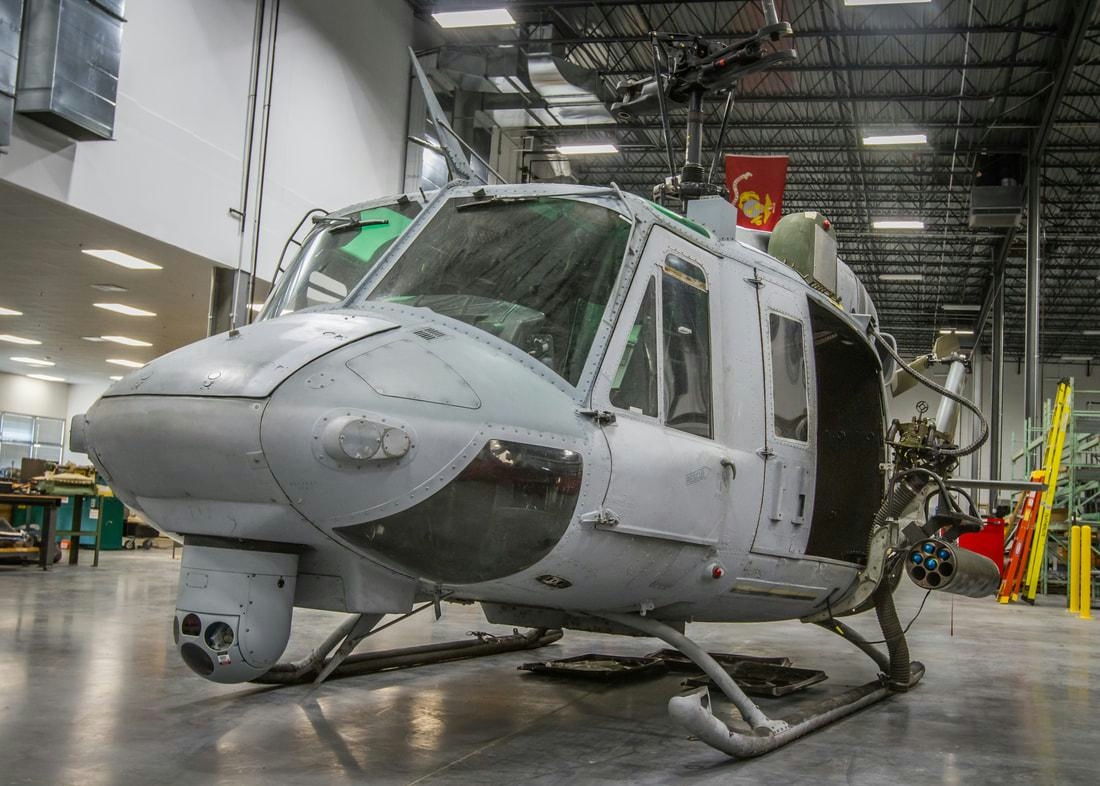
The Small Cold War Helicopter Considered by the Marines for Combat
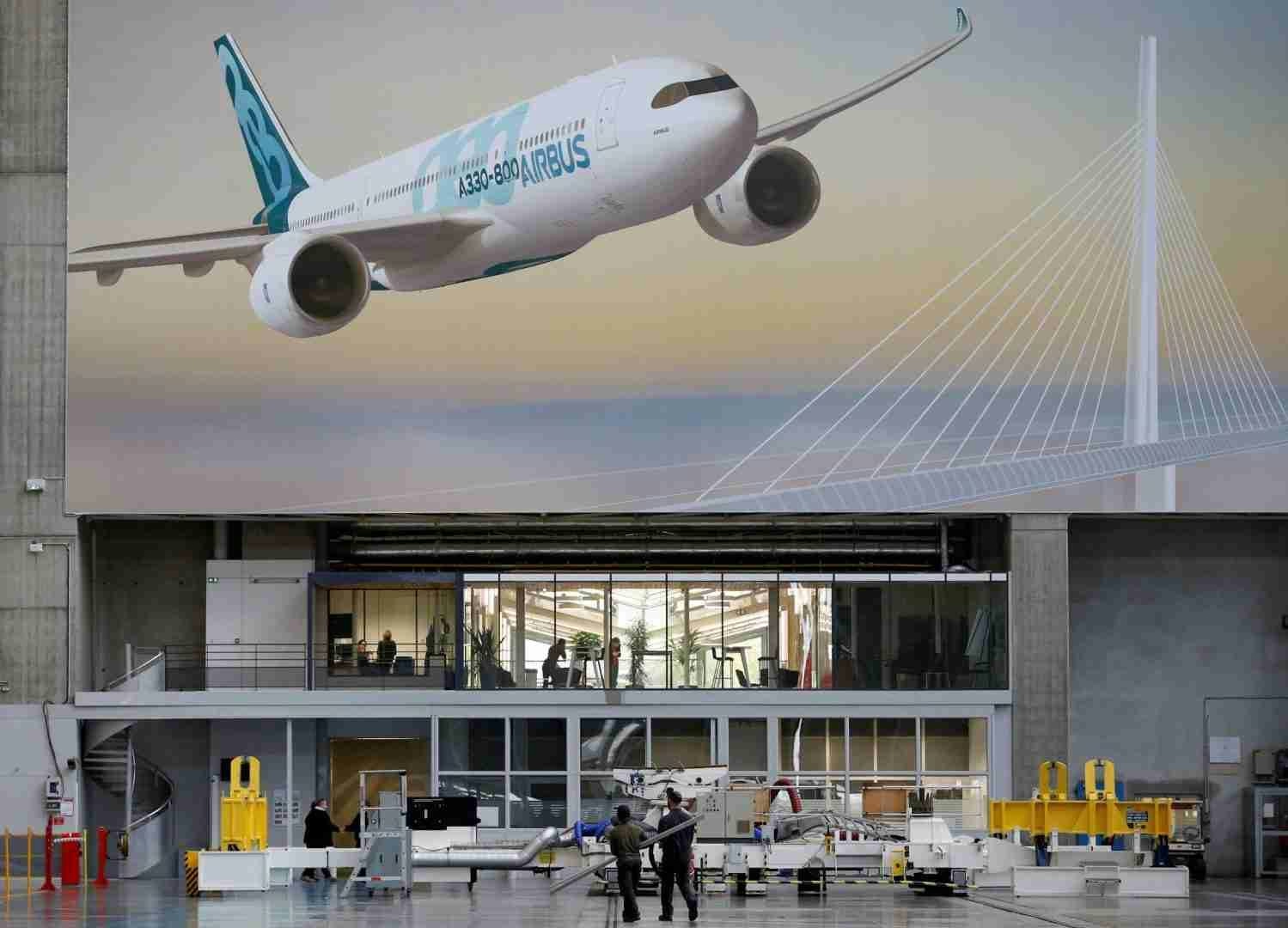
Boeing and Airbus Orders Race in 2025: Who Leads?
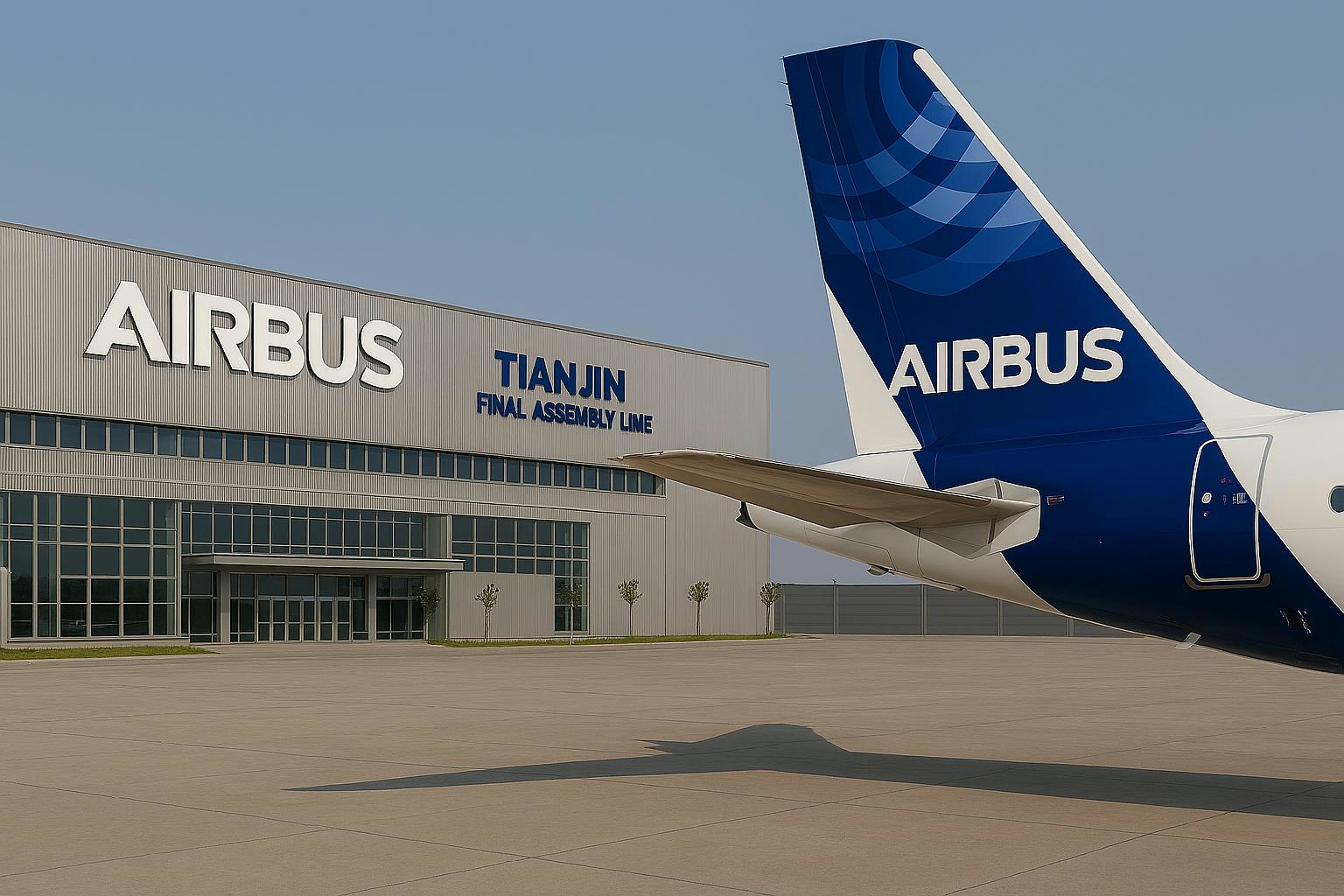
Air China Shares Rise After $9.5 Billion Airbus Jet Order

Why Airbus Chose Four Engines for the A380
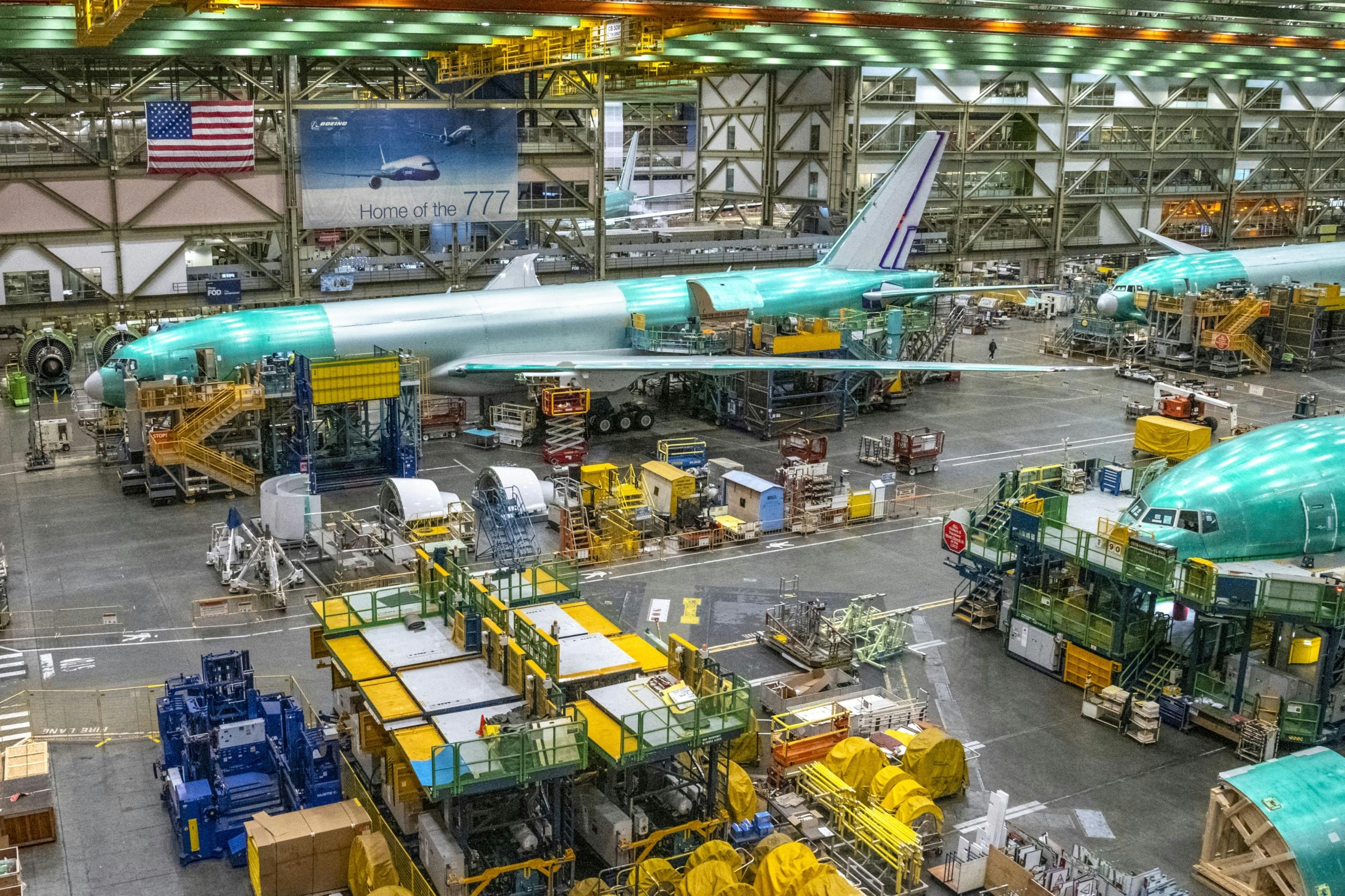
Key Defense Aviation Trends to Watch in 2026
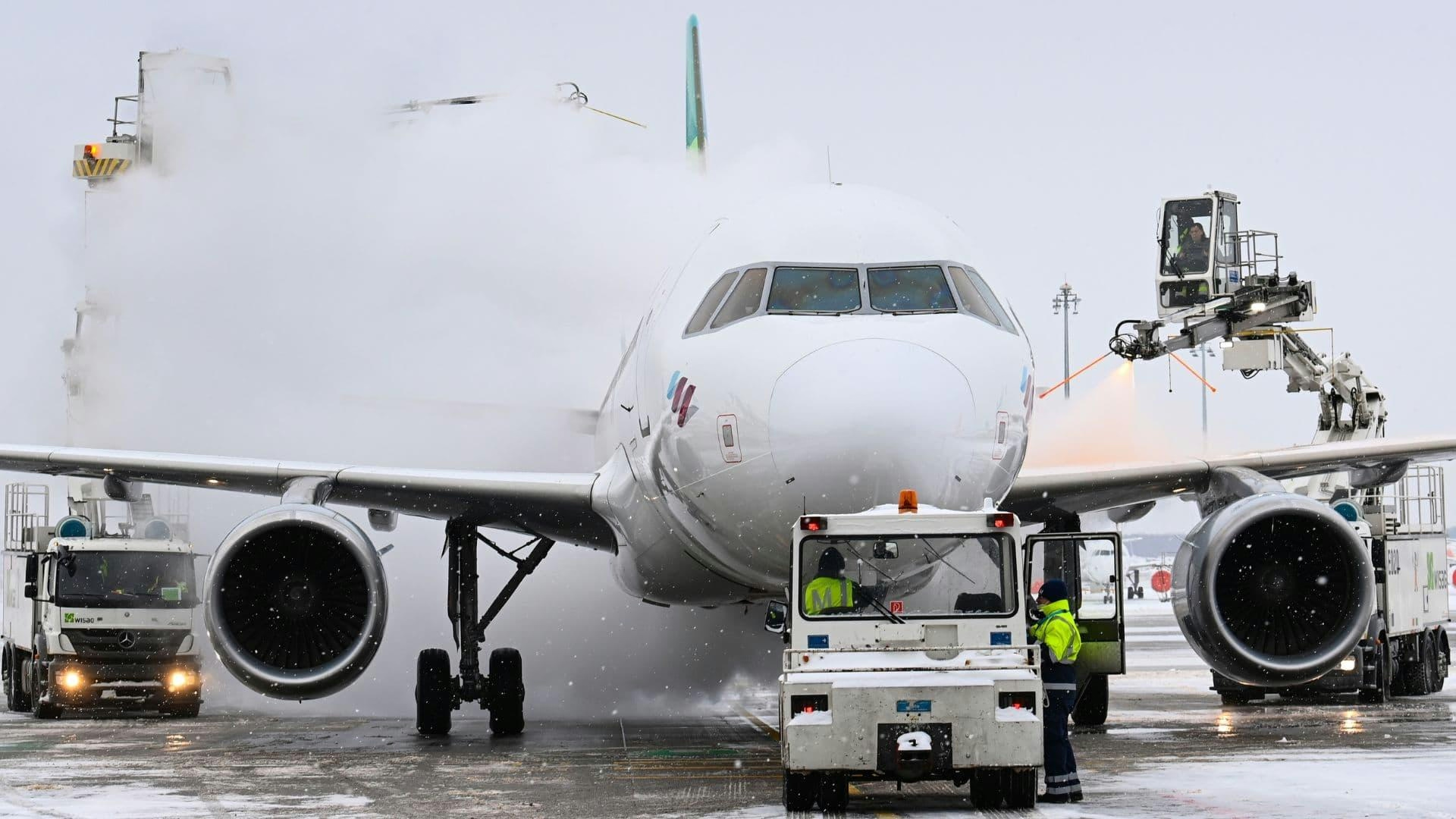
Body Lotion Additive Significantly Enhances Aircraft Anti-Icing Performance
